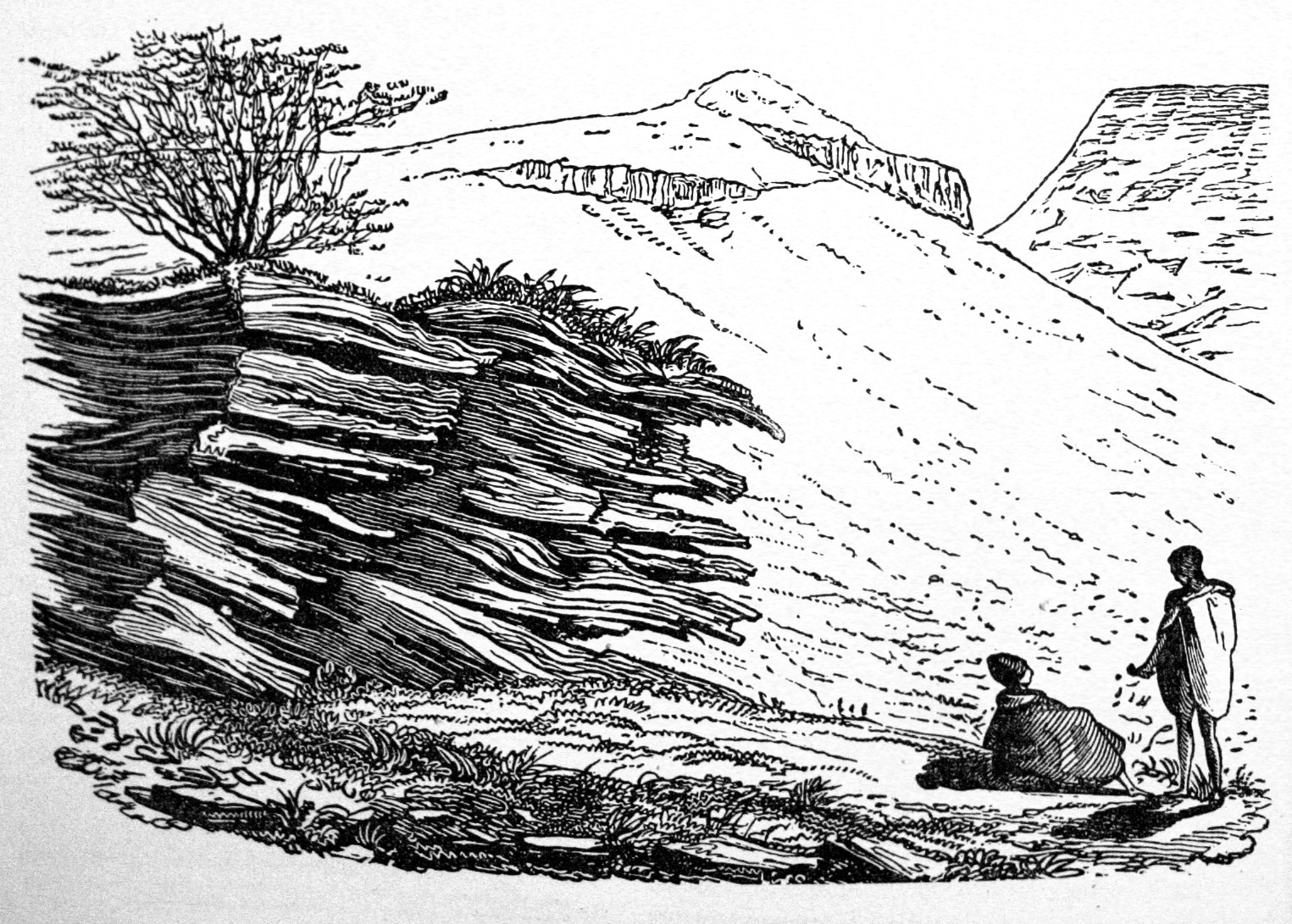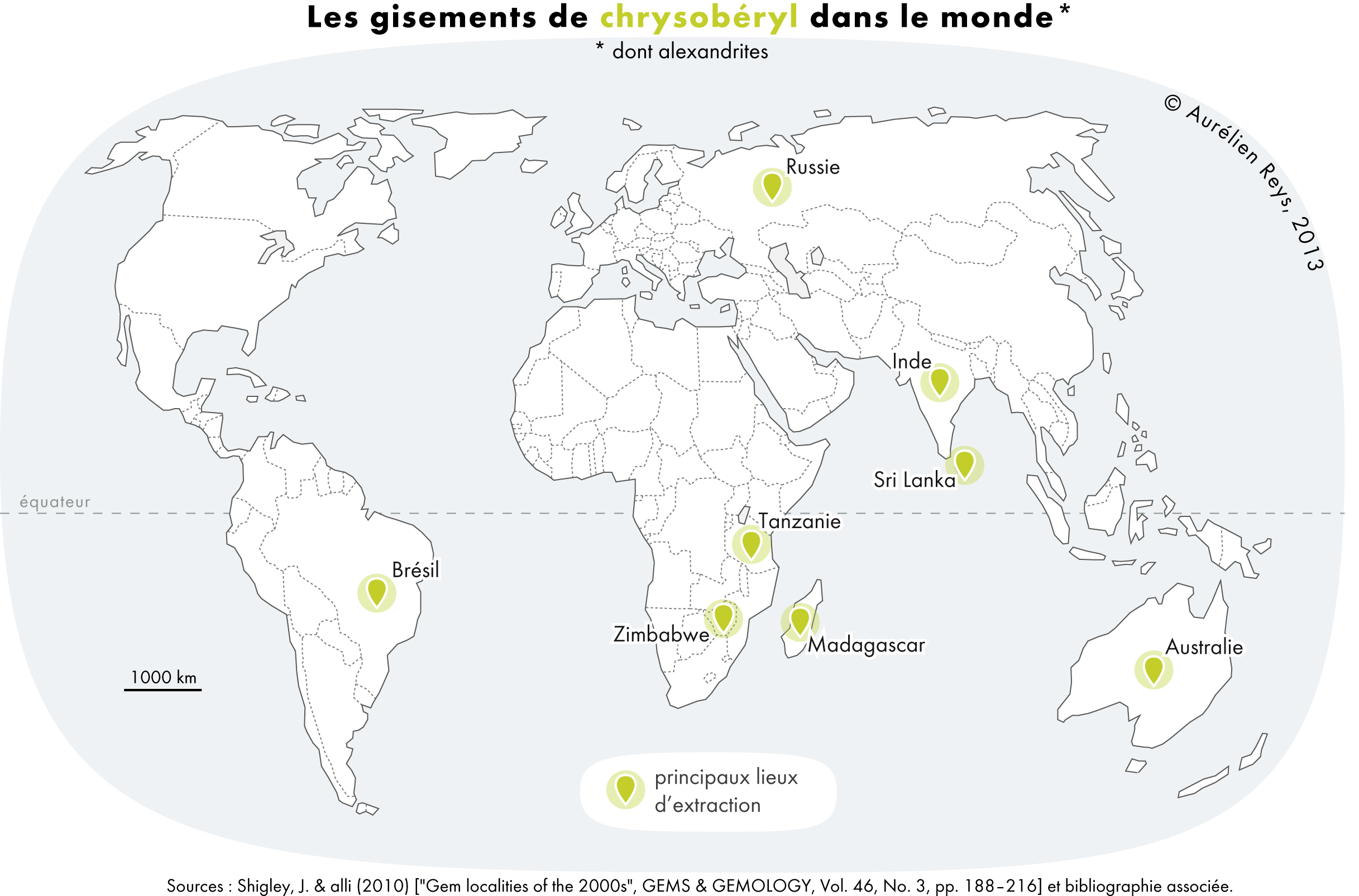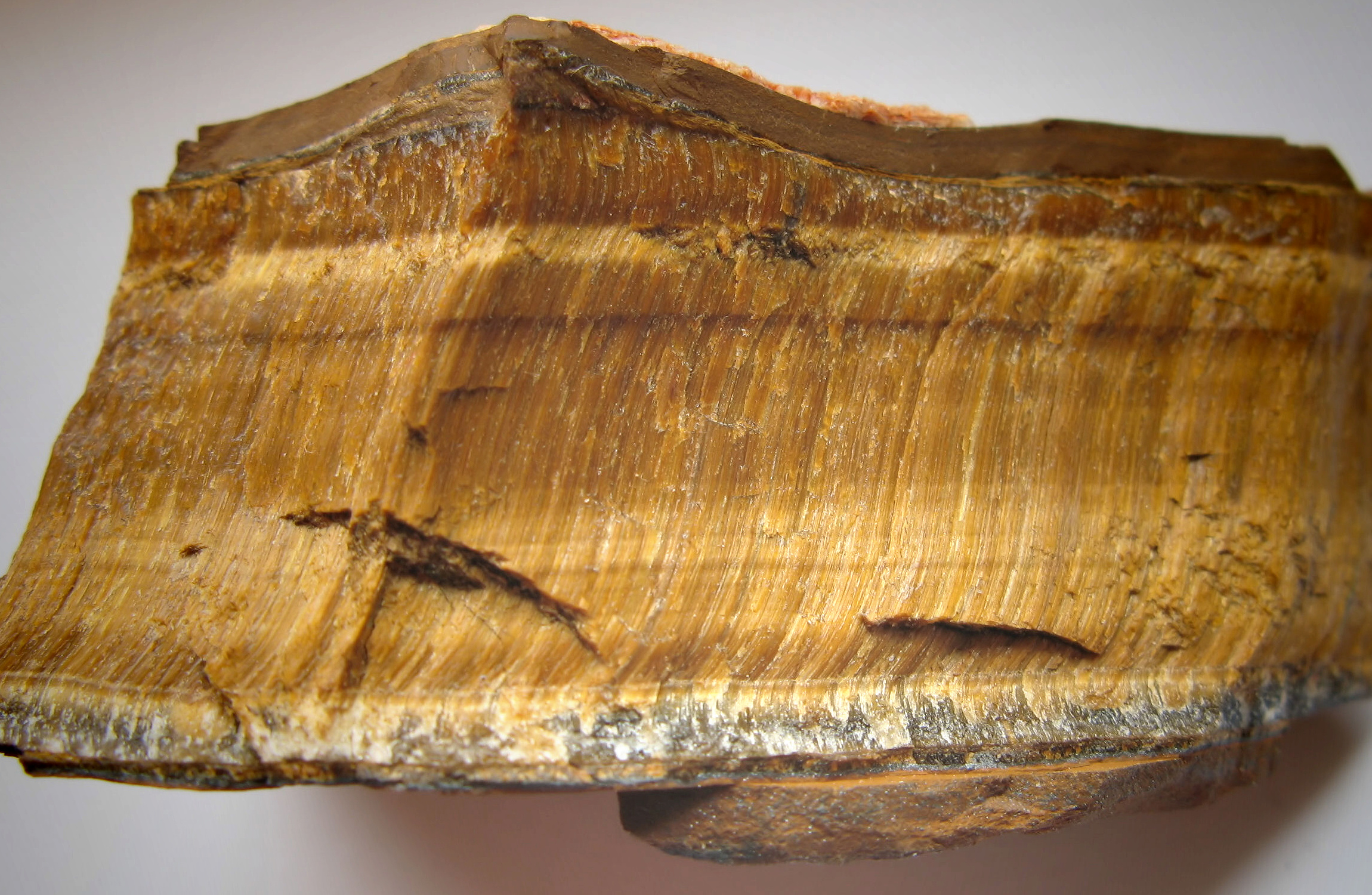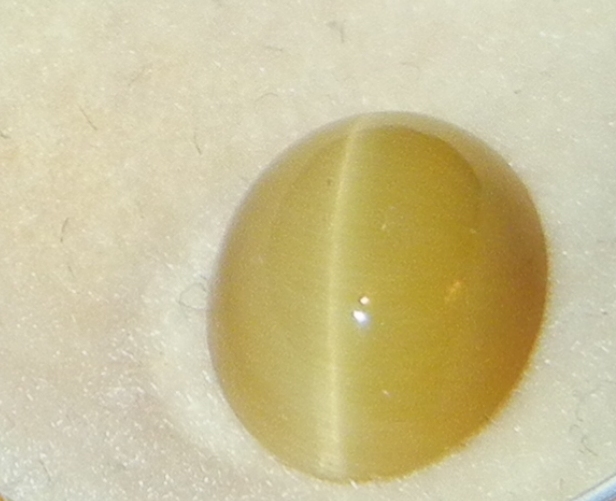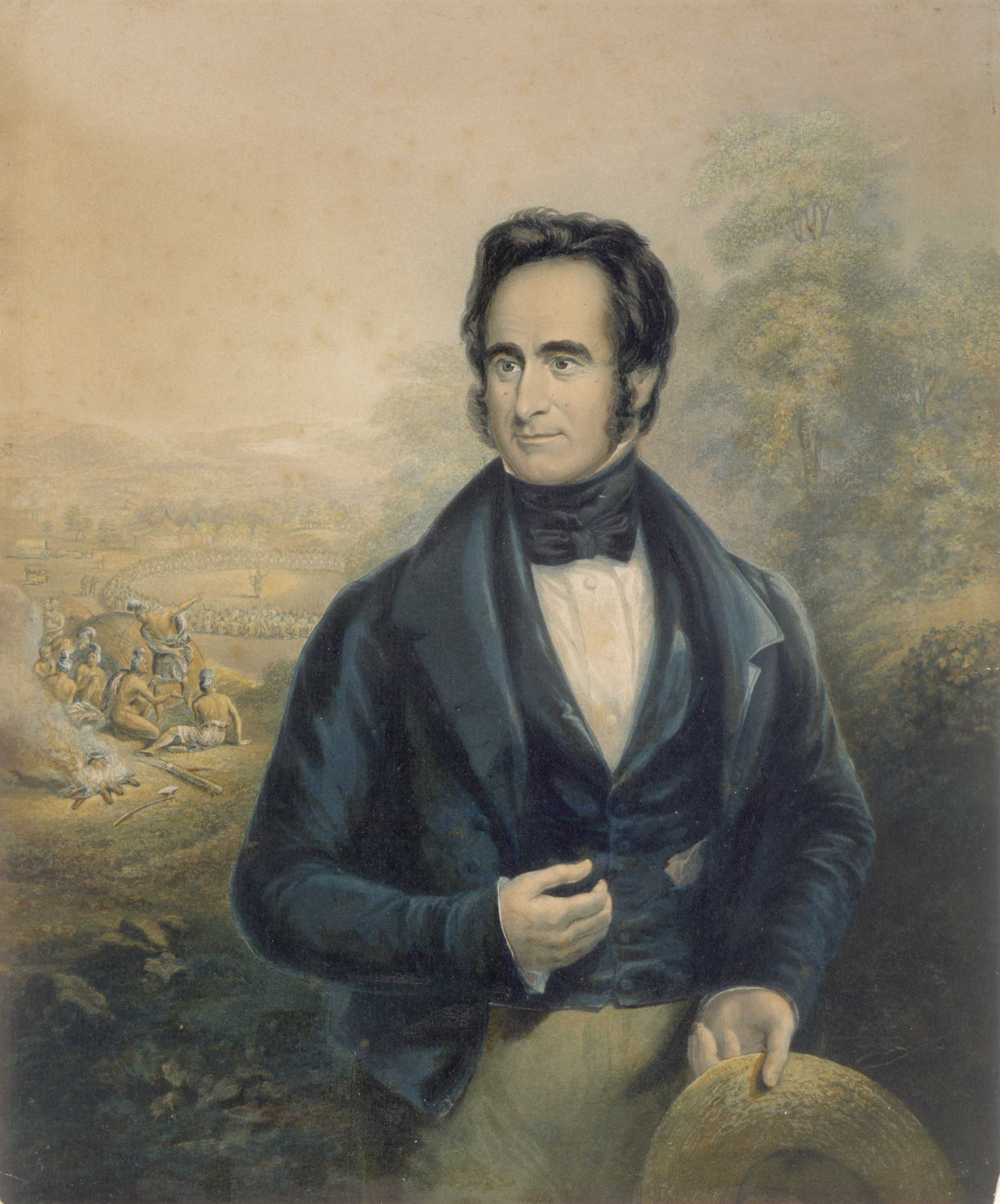|
Asbestos Mountains
The Asbestos Mountains is a range of hills in the Northern Cape province of South Africa, stretching south-southwest from Kuruman, where the range is known as the ''Kuruman Hills'', to Prieska. It passes Boetsap, Danielskuil, Lime Acres, Douglas, Northern Cape , Douglas and Griekwastad. The range lies about 150 km west of Kimberley, Northern Cape, Kimberley and rises from the Ghaap Plateau. The mountains were named after the asbestos which was mined in the 20th century and is found as a variety of amphibole called crocidolite. Veins occur in slate, slaty rocks, and are associated with jasper and quartzite rich in magnetite and brown iron-ore. Geologically it belongs to the Griquatown series. The Griquas, for whom Griquatown was named, were a Khoikhoi people who in 1800 were led by a freed slave, Adam Kok, from Piketberg in the western Cape to the foothills of the Asbestos Mountains where they settled at a place called Klaarwater. John Campbell (missionary), John Campbell, (1 ... [...More Info...] [...Related Items...] OR: [Wikipedia] [Google] [Baidu] |
Burchell00
Burchell is a surname and more rarely a given name. It may refer to: People Surname * Beau Burchell (born 1978), American musician and record producer * Charles Jost Burchell (1876–1967), Canadian diplomat * David Godwin Burchell (1924–2009), South Australian businessman, recreational scuba diver and Australian rules football administrator * Francis Burchell (1874–1947), English cricketer * Fred Burchell (baseball) (1879–1951), American baseball pitcher * Fred Burchell (ice hockey) (1931–1998), Canadian ice hockey player * Hannah Burchell (born 1995), Australian rules footballer * Jamie Burchell (born 1979), British basketball player * Joe Burchell (1873–1932), English football manager * Reginald Burchell (1883–1955), Australian politician * Remona Burchell (born 1991), Jamaican sprinter * Thomas Burchell (1799–1846), Baptist missionary and slavery abolitionist in Jamaica * Thomas Burchell (cricketer) (1875–1951), English cricketer * William John Burchell (1781– ... [...More Info...] [...Related Items...] OR: [Wikipedia] [Google] [Baidu] |
Griquatown
Griekwastad is a country town in South Africa. It is sometimes still called Griquatown (the meaning of the town's name in Afrikaans), a name which is now considered historical. The town is in the Northern Cape Province of South Africa by road west from the city of Kimberley. It was the first town to be established in the country north of the Orange River. History In 1801 William Anderson and Cornelius Kramer, of the London Missionary Society, established a station among the Griqua at ''Leeuwenkuil''. The site proved too arid for cultivation. In about 1805 they moved the station to another spring further up the valley and called it ''Klaarwater''. Their second choice was little better than their first, and for many years a lack of water prevented any further development. The name of the settlement was changed later to Griquatown or ''Griekwastad'' in Afrikaans. They lived among a mixed nomadic community of the Chaguriqua tribe and "bastaards" (people of mixed origin) from Pike ... [...More Info...] [...Related Items...] OR: [Wikipedia] [Google] [Baidu] |
Cymophane
The mineral or gemstone chrysoberyl is an aluminate of beryllium with the formula Be Al2 O4. The name chrysoberyl is derived from the Greek words χρυσός ''chrysos'' and βήρυλλος ''beryllos'', meaning "a gold-white spar". Despite the similarity of their names, chrysoberyl and beryl are two completely different gemstones, although they both contain beryllium. Chrysoberyl is the third-hardest frequently encountered natural gemstone and lies at 8.5 on the Mohs scale of mineral hardness, between corundum (9) and topaz (8). An interesting feature of its crystals are the cyclic twins called ''trillings''. These twinned crystals have a hexagonal appearance, but are the result of a triplet of twins with each "twin" oriented at 120° to its neighbors and taking up 120° of the cyclic trilling. If only two of the three possible twin orientations are present, a "V"-shaped twin results. Ordinary chrysoberyl is yellowish-green and transparent to translucent. When the miner ... [...More Info...] [...Related Items...] OR: [Wikipedia] [Google] [Baidu] |
Hawk's Eye
Tiger's eye (also called tiger eye) is a chatoyant gemstone that is usually a metamorphic rock with a golden to red-brown colour and a silky lustre. As members of the quartz group, tiger's eye and the related blue-coloured mineral hawk's eye gain their silky, lustrous appearance from the parallel intergrowth of quartz crystals and altered amphibole fibres that have mostly turned into limonite. Other forms of tiger's eye ''Tiger iron'' is an altered rock composed chiefly of tiger's eye, red jasper and black hematite. The undulating, contrasting bands of colour and lustre make for an attractive motif and it is mainly used for jewellery-making and ornamentation. Tiger iron is a popular ornamental material used in a variety of applications, from beads to knife hilts. Tiger iron is mined primarily in South Africa and Western Australia. Tiger's eye is composed chiefly of silicon dioxide () and is coloured mainly by iron oxide. The specific gravity ranges from 2.64 to 2.71. It is fo ... [...More Info...] [...Related Items...] OR: [Wikipedia] [Google] [Baidu] |
Tiger's Eye
Tiger's eye (also called tiger eye) is a chatoyant gemstone that is usually a metamorphic rock with a golden to red-brown colour and a silky lustre. As members of the quartz group, tiger's eye and the related blue-coloured mineral hawk's eye gain their silky, lustrous appearance from the parallel intergrowth of quartz crystals and altered amphibole fibres that have mostly turned into limonite. Other forms of tiger's eye ''Tiger iron'' is an altered rock composed chiefly of tiger's eye, red jasper and black hematite. The undulating, contrasting bands of colour and lustre make for an attractive motif and it is mainly used for jewellery-making and ornamentation. Tiger iron is a popular ornamental material used in a variety of applications, from beads to knife hilts. Tiger iron is mined primarily in South Africa and Western Australia. Tiger's eye is composed chiefly of silicon dioxide () and is coloured mainly by iron oxide. The specific gravity ranges from 2.64 to 2.71. It is f ... [...More Info...] [...Related Items...] OR: [Wikipedia] [Google] [Baidu] |
Chatoyance
In gemology, chatoyancy ( ), or chatoyance or cat's eye effect, is an optical reflectance effect seen in certain gemstones, woods, and carbon fibre. Coined from the French "œil de chat", meaning "cat's eye", chatoyancy arises either from the fibrous structure of a material, as in tiger's eye quartz, or from fibrous inclusions or cavities within the stone, as in cat's eye chrysoberyl. Description The precipitates that cause chatoyance in chrysoberyl are the mineral rutile, composed mostly of titanium dioxide. Examined samples have yielded no evidence of tubes or fibres. The rutile precipitates all align perpendicularly with respect to cat's eye effect. It is reasoned that the lattice parameter of the rutile matches only one of the three orthorhombic crystal axes of the chrysoberyl, resulting in preferred alignment along that direction. The effect can be likened to the sheen off a spool of silk: The luminous streak of reflected light is always perpendicular to the direction o ... [...More Info...] [...Related Items...] OR: [Wikipedia] [Google] [Baidu] |
Griqualand
The Griquas (; af, Griekwa, often confused with ''!Orana'', which is written as ''Korana'' or ''Koranna'') are a subgroup of heterogeneous former Khoe-speaking nations in Southern Africa with a unique origin in the early history of the Cape Colony. Text was copied from this source, which is available under a Creative Commons license. Under apartheid, they were given a special racial classification under the broader category of "Coloured". Similar to the Trekboers (another Afrikaans-speaking group of the time), they originally populated the frontiers of the nascent Cape Colony (founded in 1652). The men of their semi-nomadic society formed commando units of mounted gunmen. Like the Boers, they migrated inland from the Cape, in the 19th century establishing several states in what are now South Africa and Namibia. Griqua was the name given to a mixed-race culture in the Cape Colony of South Africa, around the 17th and 18th Century (Taylor, 2020). They were also known as Hotten ... [...More Info...] [...Related Items...] OR: [Wikipedia] [Google] [Baidu] |
William Burchell
__NOTOC__ William John Burchell (23 July 1781 – 23 March 1863) was an English explorer, naturalist, traveller, artist, and author. His thousands of plant specimens, as well as field journals from his South African expedition, are held by Kew Gardens, and his insect collection by the Oxford University Museum. Early life and education William John Burchell was born in Fulham, London, the son of Matthew Burchell, botanist and owner of Fulham Nursery, and his wife. His father owned nine and a half acres of land adjacent to the gardens of Fulham Palace. Burchell served a botanical apprenticeship at Kew and was elected F.L.S. (Fellow of the Linnaen Society) in 1803. At about this time, he became enamoured of Lucia Green of Fulham, but faced strong disapproval from his parents when he broached the idea of an engagement. Career On 7 August 1805 Burchell at the age of 24 sailed for St. Helena aboard the East Indiaman intending to set up there as a merchant with a partner from Lond ... [...More Info...] [...Related Items...] OR: [Wikipedia] [Google] [Baidu] |
Robert Moffat (missionary)
Robert Moffat (21 December 1795 – 9 August 1883) was a Scottish Congregationalist missionary to Africa, father of Mary Moffat Livingstone and father-in-law of David Livingstone, and first translator of the Bible into Setswana. Life Moffat was born of humble parentage in Ormiston, East Lothian. To find employment, he moved south to Cheshire in England as a gardener. In 1814, whilst employed at West Hall, High Legh in Cheshire he experienced difficulties with his employer due to his Methodist sympathies. For a short period, after having applied successfully to the London Missionary Society (LMS) to become an overseas missionary, he took an interim post as a farmer, at Plantation Farm in Dukinfield (where he first met Mary his future wife). The job had been found for him by William Roby, who took Moffat under his wing for a year. In September 1816, Moffat was formally commissioned at Surrey Chapel in London as a missionary of LMS (on the same day as John Williams) and was ... [...More Info...] [...Related Items...] OR: [Wikipedia] [Google] [Baidu] |
David Livingstone
David Livingstone (; 19 March 1813 – 1 May 1873) was a Scottish physician, Congregationalist, and pioneer Christian missionary with the London Missionary Society, an explorer in Africa, and one of the most popular British heroes of the late 19th-century Victorian era. David was the husband of Mary Moffat Livingstone, from the prominent 18th Century missionary family, Moffat. He had a mythic status that operated on a number of interconnected levels: Protestant missionary martyr, working-class "rags-to-riches" inspirational story, scientific investigator and explorer, imperial reformer, anti-slavery crusader, and advocate of British commercial and colonial expansion. Livingstone's fame as an explorer and his obsession with learning the sources of the Nile River was founded on the belief that if he could solve that age-old mystery, his fame would give him the influence to end the East African Arab–Swahili slave trade. "The Nile sources", he told a friend, "are valuabl ... [...More Info...] [...Related Items...] OR: [Wikipedia] [Google] [Baidu] |
John Campbell (missionary)
John Campbell (born March 1766 in Edinburgh, Scotland – 4 April 1840 Kingsland, London), was a Scottish missionary and traveller. Life He attended the Royal High School and was at one time apprenticed to a goldsmith. Campbell helped found the Magdalene Society, a Religious Tract Society of Scotland in 1793, and the ''Missionary Magazine'' in Edinburgh in 1796. His consuming interest in Christian philanthropy led him to preach widely in neglected villages and hamlets, promote the establishing of numerous Sunday schools and found societies like the Magdalene asylum to help prostitutes in Edinburgh and Glasgow. His opposition to the slave trade led to his involvement in the foundation of the Society for the Education of Africans. He collaborated with James Alexander Haldane in bringing some 30-40 African children to be educated in England. Following the Haldane Revival, Campbell became a Congregational Church minister. He was minister at ''Kingsland'', an independent chapel he ... [...More Info...] [...Related Items...] OR: [Wikipedia] [Google] [Baidu] |
Western Cape
The Western Cape is a province of South Africa, situated on the south-western coast of the country. It is the fourth largest of the nine provinces with an area of , and the third most populous, with an estimated 7 million inhabitants in 2020. About two-thirds of these inhabitants live in the metropolitan area of Cape Town, which is also the provincial capital. The Western Cape was created in 1994 from part of the former Cape Province. The two largest cities are Cape Town and George. Geography The Western Cape Province is roughly L-shaped, extending north and east from the Cape of Good Hope, in the southwestern corner of South Africa. It stretches about northwards along the Atlantic coast and about eastwards along the South African south coast (Southern Indian Ocean). It is bordered on the north by the Northern Cape and on the east by the Eastern Cape. The total land area of the province is , about 10.6% of the country's total. It is roughly the size of England or the S ... [...More Info...] [...Related Items...] OR: [Wikipedia] [Google] [Baidu] |
